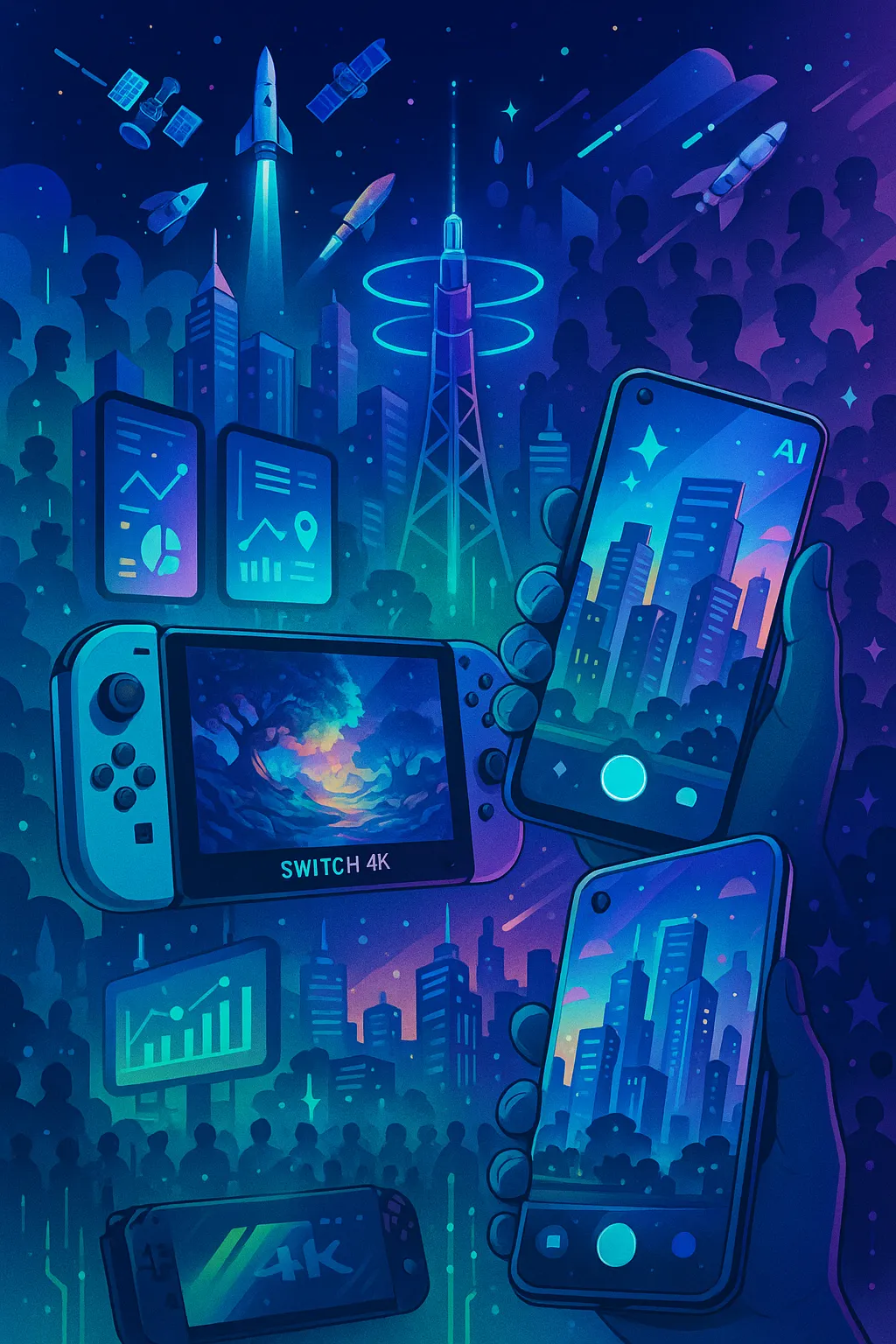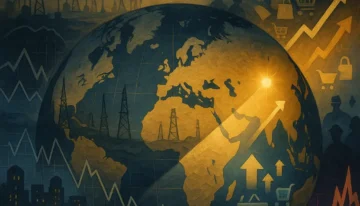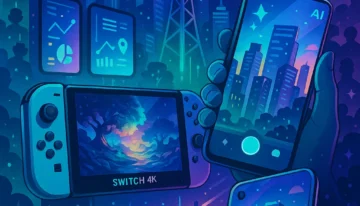The Future is Now: How 2025 Became the Year Everything Changed
The Future is Now: How 2025 Became the Year Everything Changed
From asteroid mining startups to AI-powered city sensors, this summer’s tech breakthroughs are reshaping our world faster than anyone predicted
June 24, 2025 – Tech Correspondent
The summer of 2025 will be remembered as the moment science fiction became science fact. In just the past few months, we’ve witnessed a technological convergence that’s transforming everything from how we game to how entire cities think.
The Gaming Revolution That Broke Records
Nintendo’s latest gamble paid off spectacularly. The Switch 2, launched on June 5th, obliterated sales expectations by moving 3.5 million units in its first week. But the numbers only tell part of the story. This isn’t just another console upgrade—it’s a glimpse into gaming’s 4K future.
Picture this: you’re playing the latest Mario Kart on a handheld device that delivers buttery-smooth 120Hz gameplay, then seamlessly dock it for stunning 4K visuals on your TV. The 12GB of RAM means no more loading screens interrupting your flow, while new social features let you connect with friends in ways that feel genuinely innovative rather than gimmicky.
“It’s like they finally figured out what we actually wanted,” says Maria Santos, a longtime Nintendo fan from Portland. “The power is there, but it still feels like Nintendo.”
Samsung’s AI Cameras Are About to Change Photography Forever
Mark your calendars for July 9th. Samsung’s Galaxy Unpacked event in Brooklyn promises to unveil something that could revolutionize smartphone photography: Gen-AI cameras. While details remain under wraps, industry insiders hint at computational photography that goes beyond simple filters and editing.
Imagine a camera that doesn’t just capture what you see, but understands what you’re trying to capture. Whether it’s a sunset that looks exactly like your memory of it, or a group photo where everyone actually looks good, AI-powered photography could finally bridge the gap between our eyes and our phones.
The Galaxy Z Fold7, Flip7, and the new Fold7 Ultra aren’t just getting spec bumps—they’re getting smarter. These devices represent Samsung’s bet that the future of mobile isn’t just about faster processors, but about devices that truly understand their users.
Cities Are Getting Smarter (And It’s Actually Working)
The World Economic Forum’s latest report on emerging technologies reads like a roadmap to tomorrow. At the top of their list? Collaborative sensing technology that’s already making cities more responsive to their residents’ needs.
Think of it as giving cities a nervous system. Sensors throughout urban areas can detect everything from air quality changes to traffic patterns, then automatically adjust everything from streetlight timing to public transportation schedules. It’s not just about efficiency—it’s about creating cities that actively improve quality of life.
“We’re seeing the first generation of truly smart cities,” explains Dr. Elena Rodriguez, an urban planning expert at MIT. “These aren’t just cities with technology bolted on—they’re cities designed around responsive, intelligent infrastructure.”
The Startup Space Race Heats Up
While tech giants dominate headlines, the most exciting innovations are coming from unexpected places. The WEF’s 2025 Technology Pioneers list reads like a science fiction anthology: companies mining asteroids, developing flying taxis, and building scalable quantum computers.
These aren’t just ambitious prototypes gathering dust in research labs. Many of these technologies are 3-5 years away from real-world deployment. That flying taxi commute might arrive sooner than your next car purchase.
The Network That Changes Everything
Behind all these innovations lies a connectivity revolution most people never see. 5G-Advanced networks are now delivering speeds up to 10 Gbps—fast enough to download a 4K movie in seconds. But speed is just the beginning.
These networks are smart enough to automatically allocate resources where they’re needed most, slice bandwidth for specific applications, and even connect satellites and drones seamlessly. It’s the invisible infrastructure making every other innovation possible.
Why This Matters Now
The convergence happening in 2025 isn’t coincidental. Generative AI, quantum computing, advanced sensors, and ultra-fast networks are all reaching maturity simultaneously. When these technologies work together, they create possibilities that seemed impossible just years ago.
From entertainment to urban planning, from photography to space exploration, we’re witnessing the emergence of a more responsive, intelligent world. The future isn’t coming—it’s already here, and it’s more exciting than anyone predicted.
The only question now is: are we ready for it?










